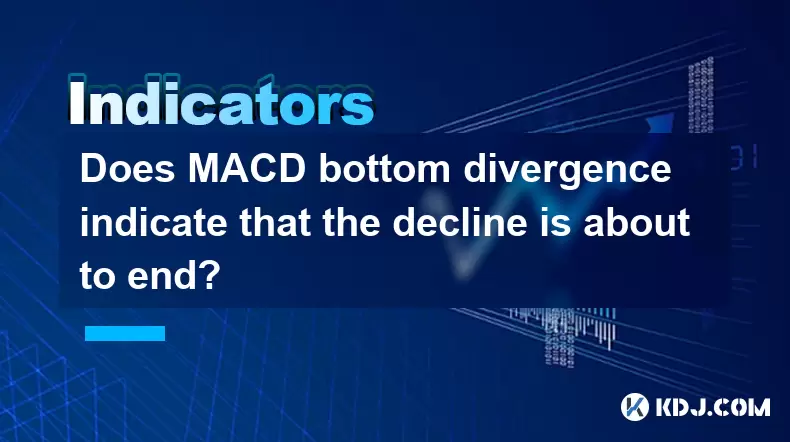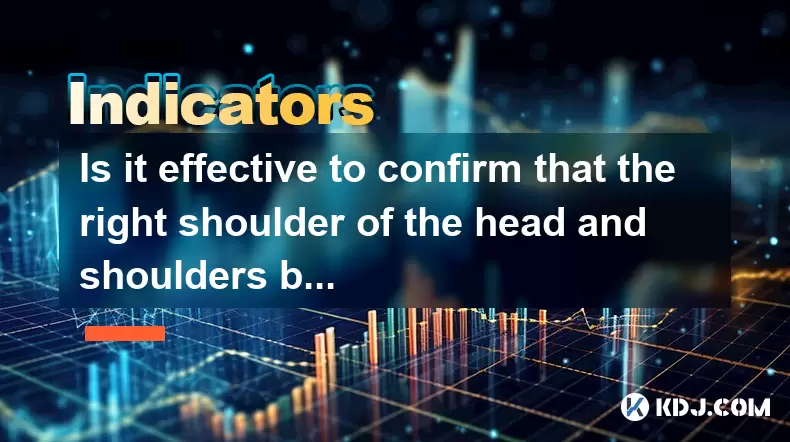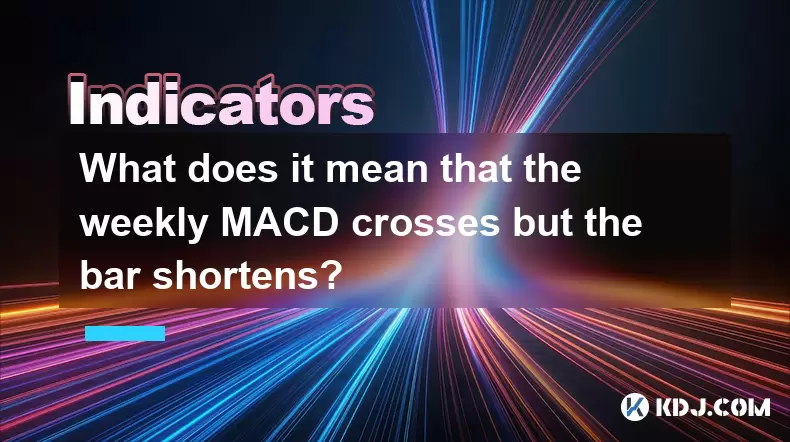-
 Bitcoin
Bitcoin $106,754.6083
1.33% -
 Ethereum
Ethereum $2,625.8249
3.80% -
 Tether USDt
Tether USDt $1.0001
-0.03% -
 XRP
XRP $2.1891
1.67% -
 BNB
BNB $654.5220
0.66% -
 Solana
Solana $156.9428
7.28% -
 USDC
USDC $0.9998
0.00% -
 Dogecoin
Dogecoin $0.1780
1.14% -
 TRON
TRON $0.2706
-0.16% -
 Cardano
Cardano $0.6470
2.77% -
 Hyperliquid
Hyperliquid $44.6467
10.24% -
 Sui
Sui $3.1128
3.86% -
 Bitcoin Cash
Bitcoin Cash $455.7646
3.00% -
 Chainlink
Chainlink $13.6858
4.08% -
 UNUS SED LEO
UNUS SED LEO $9.2682
0.21% -
 Avalanche
Avalanche $19.7433
3.79% -
 Stellar
Stellar $0.2616
1.64% -
 Toncoin
Toncoin $3.0222
2.19% -
 Shiba Inu
Shiba Inu $0.0...01220
1.49% -
 Hedera
Hedera $0.1580
2.75% -
 Litecoin
Litecoin $87.4964
2.29% -
 Polkadot
Polkadot $3.8958
3.05% -
 Ethena USDe
Ethena USDe $1.0000
-0.04% -
 Monero
Monero $317.2263
0.26% -
 Bitget Token
Bitget Token $4.5985
1.68% -
 Dai
Dai $0.9999
0.00% -
 Pepe
Pepe $0.0...01140
2.44% -
 Uniswap
Uniswap $7.6065
5.29% -
 Pi
Pi $0.6042
-2.00% -
 Aave
Aave $289.6343
6.02%
Does MACD bottom divergence indicate that the decline is about to end?
MACD bottom divergence signals weakening downtrend momentum in crypto, hinting at potential reversals when price lows aren't confirmed by the MACD line.
Jun 17, 2025 at 06:22 am

Understanding MACD Bottom Divergence in Cryptocurrency Trading
MACD (Moving Average Convergence Divergence) bottom divergence is a technical analysis indicator that many cryptocurrency traders rely on to predict potential trend reversals. In the context of crypto trading, a bottom divergence occurs when the price of an asset makes a new low, but the MACD line does not confirm this movement by making a corresponding low. This discrepancy suggests weakening momentum in the downtrend and may signal a possible reversal.
Cryptocurrency markets are highly volatile, and interpreting signals like MACD bottom divergence can be particularly useful for identifying potential entry points during prolonged bearish phases. However, it’s important to understand that divergence alone is not a guarantee of reversal; it must be used in conjunction with other tools and confirmation methods.
How to Identify MACD Bottom Divergence in Crypto Charts
To identify MACD bottom divergence, you need to observe two key components: price action and the MACD histogram or line.
- First, locate two or more distinct lows in the price chart.
- Next, compare these lows with the corresponding values on the MACD line or histogram.
- If the price makes a lower low while the MACD makes a higher low, you have identified a bottom divergence.
For example, if Bitcoin drops from $30,000 to $28,000, then rebounds slightly before falling again to $27,500, but the MACD line during the second drop doesn’t fall as low as it did during the first one, this indicates a MACD bottom divergence.
This type of divergence suggests that selling pressure is decreasing, even though the price continues to decline. It's a sign that bears might be losing control, potentially setting the stage for bulls to take over.
Why MACD Bottom Divergence Matters in Crypto Markets
In fast-moving and often sentiment-driven cryptocurrency markets, MACD bottom divergence offers traders a way to gauge underlying momentum without relying solely on price direction. Because crypto assets like Ethereum or Solana can experience sharp selloffs followed by rapid recoveries, recognizing early signs of weakening bearish momentum becomes crucial.
Traders who spot a MACD bottom divergence may position themselves for a potential long entry, especially if the divergence appears after a significant downtrend or following negative news cycles. The key lies in combining this signal with volume patterns, support levels, or candlestick formations to improve accuracy.
Moreover, because crypto markets operate 24/7, divergence patterns can form at any time, offering opportunities for both day traders and swing traders to capitalize on emerging trends.
Limitations and Risks of Relying Solely on MACD Bottom Divergence
While MACD bottom divergence is a powerful tool, it has limitations that traders must be aware of:
- False signals: In highly volatile environments, divergence can appear frequently but may not always lead to a trend reversal.
- Lagging nature: Since MACD is based on moving averages, it inherently lags behind price action. This delay can cause traders to miss optimal entry points.
- Market manipulation: In smaller-cap altcoins, large players can manipulate price action, creating artificial divergences that mislead retail traders.
Therefore, traders should not act on MACD divergence alone. It’s essential to wait for additional confirmation such as a bullish candlestick pattern, a breakout above a resistance level, or increasing volume before entering a trade.
Using tools like RSI (Relative Strength Index) or Fibonacci retracement levels alongside MACD can help filter out noise and increase the probability of successful trades.
Practical Steps to Trade Using MACD Bottom Divergence
If you're considering using MACD bottom divergence in your crypto trading strategy, here are some practical steps to follow:
- Choose a reliable charting platform like TradingView or Binance's native tools.
- Apply the standard MACD settings (12-period EMA, 26-period EMA, and 9-period signal line).
- Look for at least two distinct price lows where the MACD fails to make a new low.
- Confirm the divergence visually by drawing trendlines connecting the price lows and the MACD lows.
- Wait for a price close above the recent swing high or a bullish candlestick formation to validate the reversal.
- Consider placing a stop-loss just below the most recent low to manage risk.
- Monitor volume indicators—rising volume during a bounce confirms stronger buying interest.
By adhering to these steps, traders can better assess whether a MACD bottom divergence is likely to result in a meaningful reversal rather than a temporary price bounce.
Frequently Asked Questions
Q: Can MACD bottom divergence occur in all cryptocurrencies?
Yes, MACD bottom divergence can appear in any tradable cryptocurrency, including major ones like Bitcoin and Ethereum, as well as smaller altcoins. However, its reliability may vary depending on market liquidity and volatility.
Q: How long does it take for a MACD bottom divergence to result in a price reversal?
There is no fixed timeframe. Some reversals may occur within hours, while others may take days. The strength of the divergence and supporting indicators influence how quickly the price responds.
Q: Is MACD bottom divergence more effective on certain timeframes?
Many traders find that MACD bottom divergence works best on higher timeframes like 4-hour or daily charts. These provide more reliable signals due to reduced noise compared to shorter intervals like 5-minute or 15-minute charts.
Q: Should I use MACD bottom divergence for short-term or long-term trading?
It can be applied to both strategies. For short-term trading, look for divergence on hourly charts. For long-term investing, analyze weekly or monthly charts to identify deeper structural shifts in trend.
Disclaimer:info@kdj.com
The information provided is not trading advice. kdj.com does not assume any responsibility for any investments made based on the information provided in this article. Cryptocurrencies are highly volatile and it is highly recommended that you invest with caution after thorough research!
If you believe that the content used on this website infringes your copyright, please contact us immediately (info@kdj.com) and we will delete it promptly.
- 2025-W Uncirculated American Gold Eagle and Dr. Vera Rubin Quarter Mark New Products
- 2025-06-13 06:25:13
- Ruvi AI (RVU) Leverages Blockchain and Artificial Intelligence to Disrupt Marketing, Entertainment, and Finance
- 2025-06-13 07:05:12
- H100 Group AB Raises 101 Million SEK (Approximately $10.6 Million) to Bolster Bitcoin Reserves
- 2025-06-13 06:25:13
- Galaxy Digital CEO Mike Novogratz Says Bitcoin Will Replace Gold and Go to $1,000,000
- 2025-06-13 06:45:13
- Trust Wallet Token (TWT) Price Drops 5.7% as RWA Integration Plans Ignite Excitement
- 2025-06-13 06:45:13
- Ethereum (ETH) Is in the Second Phase of a Three-Stage Market Cycle
- 2025-06-13 07:25:13
Related knowledge

How to interpret the low opening the next day after the long lower shadow hits the bottom?
Jun 18,2025 at 12:22am
Understanding the Long Lower Shadow Candlestick PatternIn technical analysis, a long lower shadow candlestick is often seen as a potential reversal signal in a downtrend. This pattern occurs when the price opens, trades significantly lower during the session, but then recovers to close near the opening price or slightly above. The long wick at the botto...

How to operate the RSI indicator repeatedly in the 40-60 range?
Jun 18,2025 at 12:56am
Understanding the RSI Indicator and Its RelevanceThe Relative Strength Index (RSI) is a momentum oscillator widely used in cryptocurrency trading to measure the speed and change of price movements. Typically, the RSI ranges from 0 to 100, with levels above 70 considered overbought and below 30 considered oversold. However, when the RSI repeatedly stays ...

How strong is the MACD golden cross below the zero axis?
Jun 17,2025 at 11:00pm
Understanding the MACD Indicator in Cryptocurrency TradingThe Moving Average Convergence Divergence (MACD) is one of the most widely used technical indicators among cryptocurrency traders. It helps identify potential trend reversals, momentum shifts, and entry or exit points. The MACD consists of three main components: the MACD line, the signal line, an...

How effective is the golden cross of the William indicator double line in the oversold area?
Jun 17,2025 at 11:56pm
Understanding the William Indicator and Its Double Line SetupThe William %R (Williams Percent Range) is a momentum oscillator used to identify overbought or oversold conditions in a market. It ranges from 0 to -100, with readings above -20 considered overbought and below -80 deemed oversold. The double line setup refers to plotting two different timefra...

Is it effective to confirm that the right shoulder of the head and shoulders bottom volume at the 30-minute level is enlarged?
Jun 17,2025 at 11:42pm
Understanding the Head and Shoulders Pattern in Cryptocurrency TradingThe head and shoulders pattern is one of the most recognized reversal patterns in technical analysis, especially within cryptocurrency trading. It typically signals a potential shift from a bullish trend to a bearish one. This pattern consists of three peaks: the left shoulder, the he...

What does it mean that the weekly MACD crosses but the bar shortens?
Jun 18,2025 at 01:07am
Understanding the MACD IndicatorThe Moving Average Convergence Divergence (MACD) is a popular technical analysis tool used in cryptocurrency trading to identify potential trend reversals and momentum shifts. It consists of three main components: the MACD line, the signal line, and the histogram (also known as the bar). The MACD line is calculated by sub...

How to interpret the low opening the next day after the long lower shadow hits the bottom?
Jun 18,2025 at 12:22am
Understanding the Long Lower Shadow Candlestick PatternIn technical analysis, a long lower shadow candlestick is often seen as a potential reversal signal in a downtrend. This pattern occurs when the price opens, trades significantly lower during the session, but then recovers to close near the opening price or slightly above. The long wick at the botto...

How to operate the RSI indicator repeatedly in the 40-60 range?
Jun 18,2025 at 12:56am
Understanding the RSI Indicator and Its RelevanceThe Relative Strength Index (RSI) is a momentum oscillator widely used in cryptocurrency trading to measure the speed and change of price movements. Typically, the RSI ranges from 0 to 100, with levels above 70 considered overbought and below 30 considered oversold. However, when the RSI repeatedly stays ...

How strong is the MACD golden cross below the zero axis?
Jun 17,2025 at 11:00pm
Understanding the MACD Indicator in Cryptocurrency TradingThe Moving Average Convergence Divergence (MACD) is one of the most widely used technical indicators among cryptocurrency traders. It helps identify potential trend reversals, momentum shifts, and entry or exit points. The MACD consists of three main components: the MACD line, the signal line, an...

How effective is the golden cross of the William indicator double line in the oversold area?
Jun 17,2025 at 11:56pm
Understanding the William Indicator and Its Double Line SetupThe William %R (Williams Percent Range) is a momentum oscillator used to identify overbought or oversold conditions in a market. It ranges from 0 to -100, with readings above -20 considered overbought and below -80 deemed oversold. The double line setup refers to plotting two different timefra...

Is it effective to confirm that the right shoulder of the head and shoulders bottom volume at the 30-minute level is enlarged?
Jun 17,2025 at 11:42pm
Understanding the Head and Shoulders Pattern in Cryptocurrency TradingThe head and shoulders pattern is one of the most recognized reversal patterns in technical analysis, especially within cryptocurrency trading. It typically signals a potential shift from a bullish trend to a bearish one. This pattern consists of three peaks: the left shoulder, the he...

What does it mean that the weekly MACD crosses but the bar shortens?
Jun 18,2025 at 01:07am
Understanding the MACD IndicatorThe Moving Average Convergence Divergence (MACD) is a popular technical analysis tool used in cryptocurrency trading to identify potential trend reversals and momentum shifts. It consists of three main components: the MACD line, the signal line, and the histogram (also known as the bar). The MACD line is calculated by sub...
See all articles

























































































